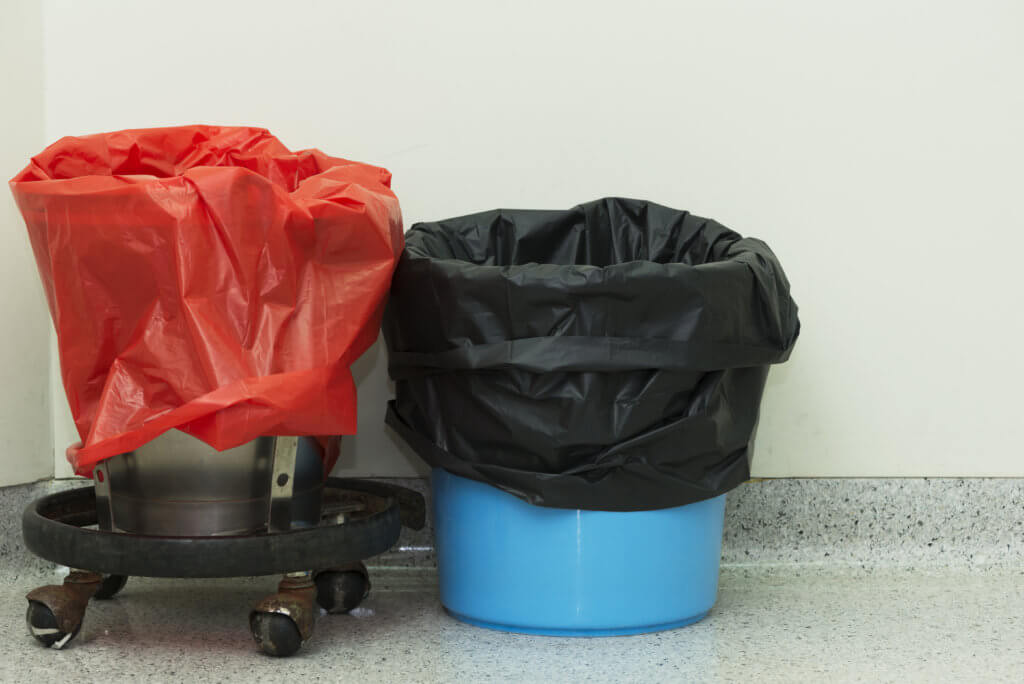
In 2015, in response to a series of infection outbreaks linked to contaminated duodenoscopes, the Food and Drug Administration (FDA) ordered manufacturers to conduct post-market surveillance studies on their instruments. Preliminary results released as of March 2019 found post-reprocessing contamination rates to be higher than expected—the study assumed less than a 0.4 percent contamination rate but 3.6 percent to 5.4 percent of samples tested positive for organisms.
This discovery comes as the agency has recommended major shifts in gastroenterological care. Among other changes, the agency has requested that providers who perform endoscopic retrograde cholangiopancreatography (ERCP) transition away from fixed endcap duodenoscopes and move to using duodenoscopes with disposable components.
Such a transition, however, poses considerable challenges. How can providers, manufacturers, and infection prevention departments implement this shift without undue strain on their limited time and resources?
This series of posts will guide stakeholders through the process, exploring the rationale behind the FDA’s decision and outlining the major obstacles as transition plans are designed and put into action.
Duodenoscope contamination poses a risk to patient safety, though the risk of infection is relatively small. Since 2015, under the FDA’s direction, Olympus Medical Systems, Pentax of America, and Fujifilm Medical Systems have conducted post-market surveillance studies on samplings of their duodenoscopes. The studies found that, between all three manufacturers’ products, roughly 9 percent of the examined scopes showed signs of contamination, including 5.4 percent from high-concern organisms, such as E. coli and Pseudomonas aeruginosa.
Such contamination lingers because cleaning duodenoscopes is notoriously complex. The instruments can’t be exposed to high-heat sterilization, and technicians often struggle to manually clean their narrow tubing and elaborate moving parts.
Not only is the chance of infection small, ERCP is a vital procedure for patients with pancreatic disease. Each year more than half a million Americans depend on it. Alternatives to ERCP are both scarce and invasive—riskier for patients.
That is why the FDA has called for providers, manufacturers, and infection-prevention experts to reevaluate their approach to reprocessing. Possible steps include simplifying reprocessing procedures, finding novel approaches to cleaning and disinfection, and, eventually, using duodenoscopes with disposable components.
Read more:


